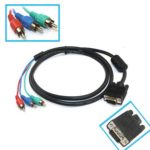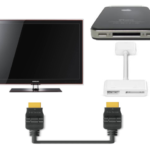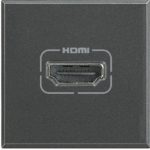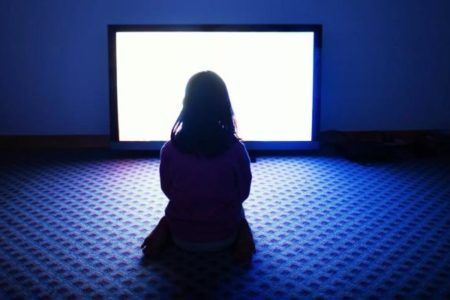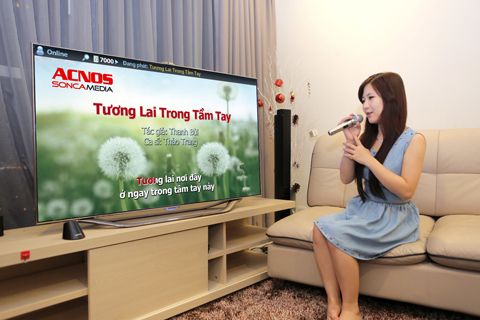How to connect a laptop to a TV via hdmi
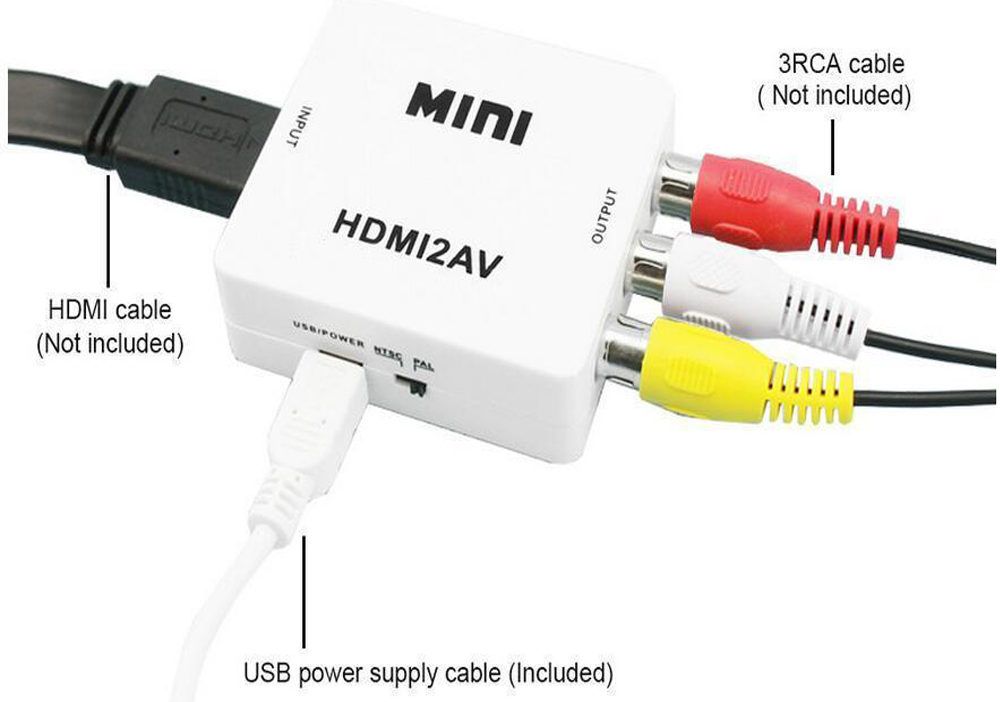 The overwhelming majority of users sooner or later face the problem of how to transfer an image from a monitor screen to a television display. In most cases, this is caused by the need for a more comfortable viewing of movies or TV series, however, this is not always caused by the desire for entertainment. Connecting a large screen can make the work of many professionals easier, from people working in the engineering field to artists who simply need a large screen to more clearly design their work. In addition to size, a TV has other advantages over a computer screen. You can use a netbook, but it is most convenient to connect it to a laptop.
The overwhelming majority of users sooner or later face the problem of how to transfer an image from a monitor screen to a television display. In most cases, this is caused by the need for a more comfortable viewing of movies or TV series, however, this is not always caused by the desire for entertainment. Connecting a large screen can make the work of many professionals easier, from people working in the engineering field to artists who simply need a large screen to more clearly design their work. In addition to size, a TV has other advantages over a computer screen. You can use a netbook, but it is most convenient to connect it to a laptop.
One of the most important is the quality of the picture and color reproduction. These factors invariably influence the perception of images from the big screen. For many inexperienced users, broadcasting images from a laptop to a TV screen seems an incredibly difficult task. This article serves to debunk the myth about the difficulty of pairing two devices via a regular cable. In this case, we will consider a method for connecting two devices via an HDMI cable. Before. Before we begin setting up and debugging, we should say a few words about what may be useful in connecting two devices.
The content of the article
What you need to connect
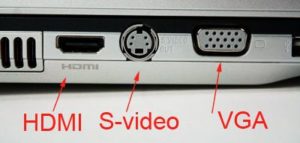 Before connecting, you should make sure that the devices you are switching have a suitable connector. And also that they work, figure out how to connect them. If a suitable input or output is not found on one of the devices, be it a laptop or a TV, you should use a special adapter or adapter.
Before connecting, you should make sure that the devices you are switching have a suitable connector. And also that they work, figure out how to connect them. If a suitable input or output is not found on one of the devices, be it a laptop or a TV, you should use a special adapter or adapter.
After the user is convinced that there are two connectors of the same format, the appropriate cable should be selected. For two identical ports, the cable must have the same connectors.
HDMI functionality
Before connecting, you should say a few words about HDMI technology itself. This method of image transmission is used everywhere. This is because HDMI provides the highest quality image transmission without distortion or interference. Also, what distinguishes this connector from the same VGA, HDMI is capable of transmitting not only video, but also audio information, which allows the user not to worry about additional connectors or adapters.
One HDMI cable carries both audio and video information without distortion or interference, which makes this connector the most comfortable and expedient to use. Among other things, one of the most important advantages is that this port is available on almost all devices, which allows you to do without unnecessary converters and adapters.
Today there are two variations of connectors: version 1.0 and version 2.1. The difference between them is the quality of signal transmission and support for multiple audio channels. You can purchase such a cable at any specialty store for a very affordable price. However, many TV models come with this cable, which allows you to avoid unnecessary expenses.

The first point will be to connect the laptop and TV with one cable. To do this, just connect one end of the cable to the corresponding port on the computer, and the other end to a similar connector on the TV device.
Reference! It is almost impossible to make a mistake in the connection, since most ports, both on TV and on a computer, have unique sizes and shapes, so finding similar connectors will not be difficult even for those who have little knowledge of technology.
Usually on a TV the required connector is located on the back panel of the device, sometimes on the side. On a laptop, the port can be located in any location depending on the model and manufacturer.
After the connection is completed, you should begin configuring the software part of these devices. First, let's set up the image on the TV. Using the TV remote control, go to the signal sources menu. There are two ways to do this. The first way is to find a suitable sub-item in the general TV menu. Second, press the Source(Input) button on the remote control itself. After the user has opened the “Signal Sources” section (the name may differ in different models), he should select the port from which the image will be transmitted to the screen. In this case it is the HDMI connector.
Reference! In most modern models, inactive ports cannot be highlighted. This reduces the chance of error to zero.
If everything is done correctly, after selecting the required connector, the laptop desktop should appear on the TV screen.
After setting up your TV, you should start setting up your computer. To do this, select the screen settings menu. There are several ways to do this.The first and most obvious way is to right-click on a free space on the desktop and select the “Screen Resolution” sub-item in the menu that appears. You can also open the Start menu—Control Panel—Display. And the easiest way is the Win+P key combination, which will immediately open the necessary settings.
After the user has entered the screen settings menu, you must select the resolution that will be used on the TV display. It is recommended to take the maximum, since with a different size the image may be distorted, stretched or narrowed.
Also in Windows OS, several modes of interaction with an additional screen (in our case, a TV) are available to the user. The easiest way would be to use a TV display to relay the image. In other words, the screen on the TV will duplicate all the images from the computer monitor. It is also possible to turn off one of the screens and transfer the image only to one of the connected devices. And the last mode is desktop extension. This mode allows the user to complement the laptop monitor with a TV screen, allowing for greater multitasking.
Reference! For greater clarity, the modes in Windows 8 and 10 are accompanied by illustrative illustrations explaining the main functions.
After connecting the image, you should start connecting the sound. Often, a TV device has a better audio system than a computer, which is why playing sound through the TV's speaker system is a more appropriate step than through the laptop's speakers. In order to adjust the sound, on your laptop you should go to the settings menu. There are several ways to do this.The easiest way is to right-click on the speaker image in the notification panel. Then select the “Playback devices” sub-item. You can also find the required menu through “Start”—“Control Panel”—“Sound”.
A list of connected devices that can play audio will appear in the menu that opens. Having found the required device, you should call the context menu. Right-click and select the “Use as default” sub-item, after which the sound should be played using the speaker system of the TV device.
Reference! Many TVs have sound settings in addition to picture quality settings. In modern models, in addition to the standard equalizer, there are such features as additional amplification, which can increase the comfort of using a TV device.
Why doesn't it connect?
You should consider the main problems that users encounter when connecting a laptop and TV. Most problems can be solved quite easily on your own. To solve some problems, you may need the help of a specialist.
There are two main reasons why the computer does not see the device connected to it: software and hardware. They should be considered in more detail.
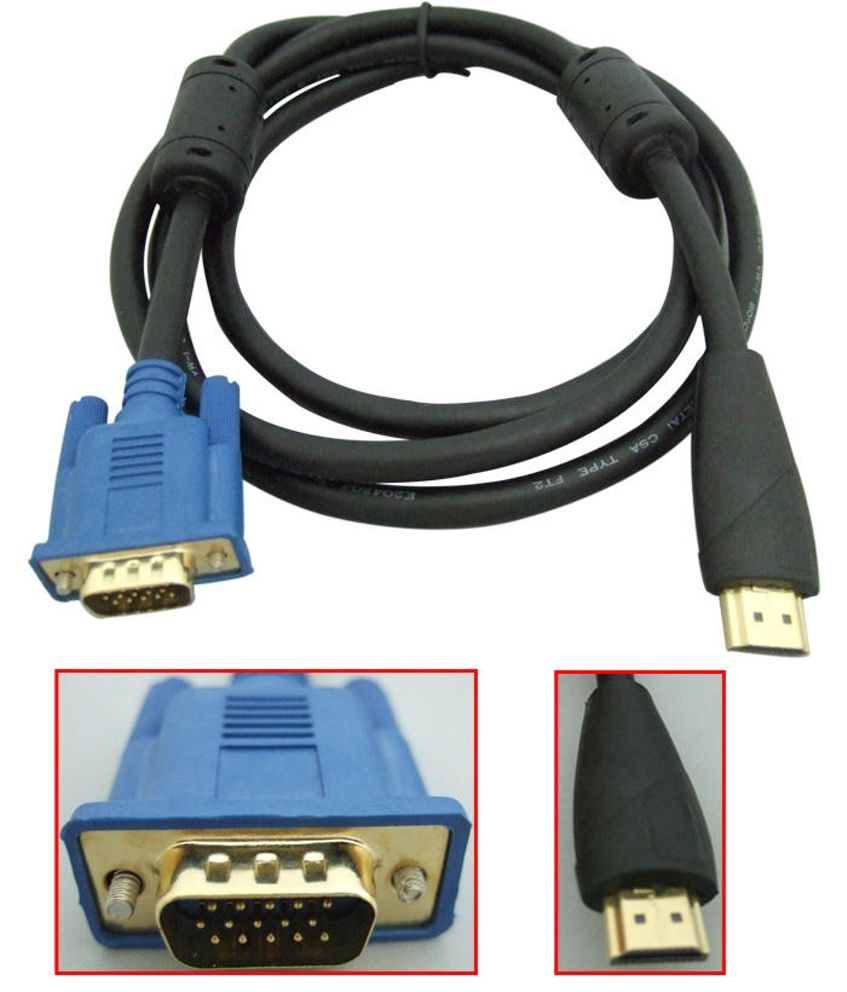 The integrity of the cable or connector is damaged. In some cases, this hardware problem occurs due to a violation of the integrity of the cable transmitting information. The best way out of the situation would be to replace it with a new one. However, if it is not possible to replace the faulty part, you can fix the breakdown yourself. If the user has the necessary tools and skills, you can find a break in the cable and repair the damage yourself by soldering.Often the contacts break at the junction of the wires and the connector.
The integrity of the cable or connector is damaged. In some cases, this hardware problem occurs due to a violation of the integrity of the cable transmitting information. The best way out of the situation would be to replace it with a new one. However, if it is not possible to replace the faulty part, you can fix the breakdown yourself. If the user has the necessary tools and skills, you can find a break in the cable and repair the damage yourself by soldering.Often the contacts break at the junction of the wires and the connector.
Also, with prolonged use, damage to the connector on the TV or computer is possible. In this case, an experienced user can disassemble the device panel and repair the damage themselves using a soldering device. If the user does not have a tool or does not have special knowledge and skills, then the only solution to this problem is to go to a specialized service center.
Video card driver error. This software problem can be solved quite easily. You just need to update the drivers to the latest version. To do this, you need to find out the model of your video card. This is very easy to do, just right-click on the free space on the desktop, select the “Screen resolution” sub-item and select the “Additional information” option in the menu that opens. There you can find the exact model of your video card. After this, you need to find the official website of the developer and download the latest versions of drivers from there.
Important! Be careful and download the software specifically for your video card model.
The TV device cannot be seen by the computer.
The case when the TV does not see the computer is quite rare and occurs mainly due to two reasons.
- Cable fault. This problem and how to fix it were discussed above.
- Problems with Smart TV or incorrect choice of signal source. In the first case, only a software update can come to the rescue. If you select the wrong connector, you should go back to the menu and find a suitable port for connection.
Recommendations
 A couple more tips when connecting a laptop to a TV.If the TV is an old model and does not have an HDMI connector, then you should use either a combined cable or a special converter.
A couple more tips when connecting a laptop to a TV.If the TV is an old model and does not have an HDMI connector, then you should use either a combined cable or a special converter.
Possible combinations for HDMI cable: Component, VGA, SCART, S-Video, etc.
There are also adapters of absolutely any variation that allow you to connect an HDMI cable to almost any device.
If there is no such port on the computer itself, you can use a USB port. There are USB-HDMI converters, however, they are quite rare and expensive. If the need to connect TV to a computer arises, then you should use Wi-Fi switching or WiDi. The wireless connection method is more complex, but at the same time, more comfortable and convenient to use.

